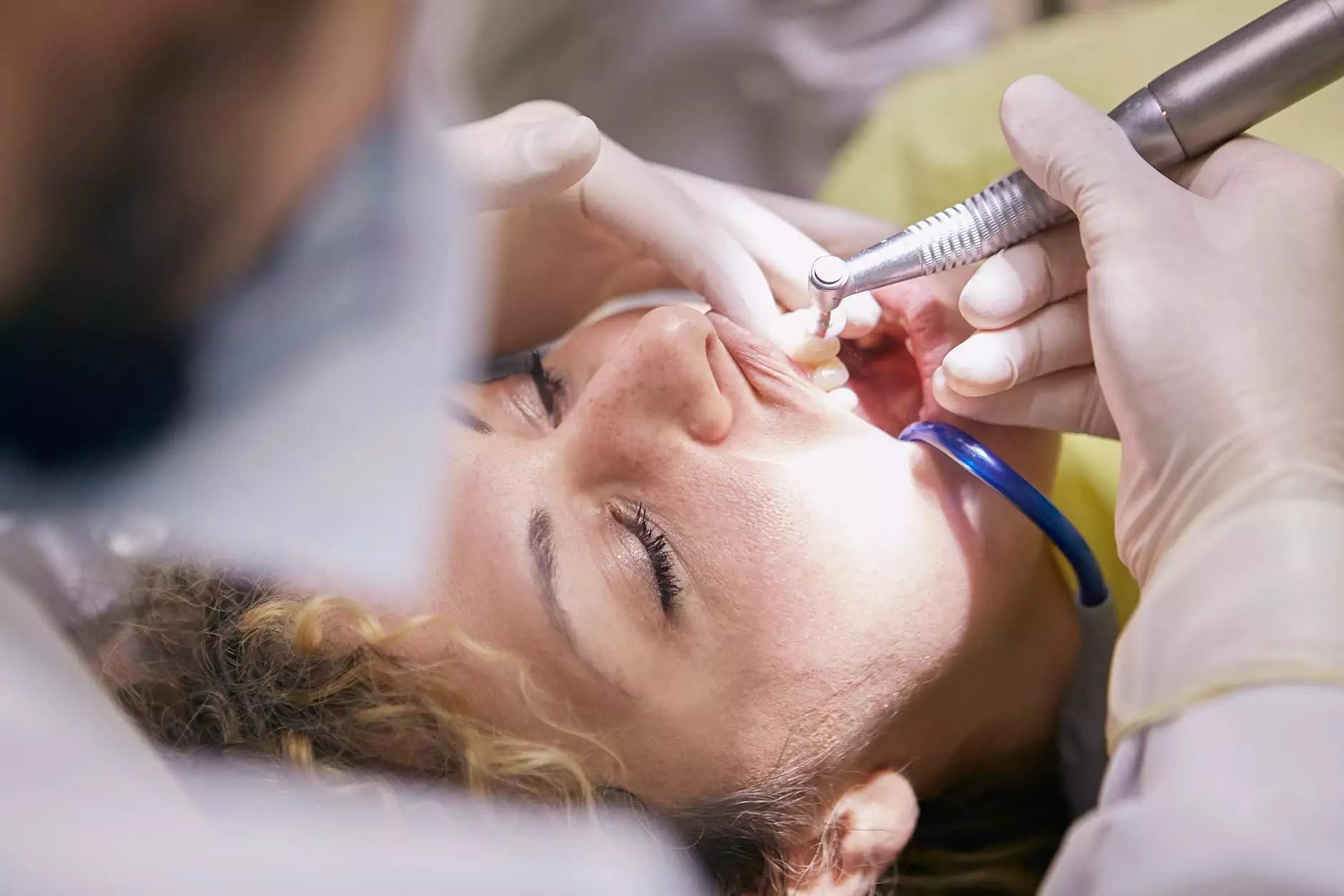Understanding Postnatal Pilates for Diastasis Recti

Postnatal Pilates is an increasingly popular practice among new mothers seeking effective ways to recover from childbirth, particularly those experiencing diastasis recti. This condition, characterized by the separation of the abdominal muscles, can lead to various physical challenges. In this article, we will delve into the techniques and benefits of incorporating pilates into the recovery process, emphasizing the importance of targeted exercises and skilled guidance. Whether you are just beginning your postnatal journey or looking for resources to help someone else, this guide will provide the insights you need.
What is Diastasis Recti?
Diastasis recti refers to the separation of the rectus abdominis muscles—the "six-pack" muscles—along the midline of the body. This condition is commonly seen in women during and after pregnancy, as the growing uterus stretches the abdominal wall, causing these muscles to part. While this condition is natural during pregnancy, it can lead to several issues if left unattended:
- Lower back pain: Weakness in the core can lead to poor posture and back strain.
- Incontinence: Compromised abdominal muscles may affect bladder control.
- Difficulty with physical activities: Daily tasks and exercises can become challenging.
- Self-esteem issues: Visible abdominal changes may impact body image and confidence.
The Role of Postnatal Pilates
Postnatal Pilates is designed to gently strengthen and stabilize the core, helping to address the effects of diastasis recti. This exercise form focuses on controlled movements and proper breathing, which are essential for rebuilding strength without risk of further separating the abdominal muscles. Here are some key *benefits* of postnatal pilates for mothers dealing with diastasis recti:
1. Core Strengthening
Postnatal Pilates specifically targets the core muscles. By strengthening the transverse abdominis—one of the primary muscles involved in supporting the abdomen—mothers can effectively close the gap caused by diastasis recti. Exercises like pelvic tilts, bridges, and modified planks are great starting points.
2. Improved Posture
After childbirth, many women experience changes in posture due to the physical demands of caring for a newborn. Pilates emphasizes alignment and control, promoting better posture and reducing strain on the back and shoulders.
3. Enhanced Physical Well-Being
Engaging in regular postnatal pilates can significantly improve overall physical well-being. This practice helps alleviate physical discomfort, increases flexibility, and reduces the risk of injuries, enabling mothers to return to their daily activities with confidence.
4. Mind-Body Connection
One of the key aspects of pilates is its emphasis on the mind-body relationship. This principle is incredibly beneficial for new mothers, encouraging mindfulness and stress relief. The structured breathing techniques incorporated into pilates help reduce anxiety and promote relaxation.
Effective Postnatal Pilates Exercises for Diastasis Recti
Implementing specific exercises can guide mothers in effectively managing diastasis recti. It is crucial to consult with a healthcare professional or a certified pilates instructor familiar with postnatal recovery before beginning any exercise program. Below are some effective exercises.
1. Pelvic Tilts
The pelvic tilt is a foundational exercise that helps engage the deep abdominal muscles. Here's how to perform it:
- Begin by lying on your back with your knees bent and feet flat on the floor.
- As you exhale, gently tuck your pelvis under, flattening your lower back against the floor.
- Hold for a few seconds, then release and return to the starting position.
- Repeat 10-15 times.
2. Transverse Abdominis Activation
Activating the transverse abdominis is essential. You can do this while lying on your back or sitting:
- Take a deep breath in, allowing your belly to expand.
- As you exhale, draw your belly button towards your spine, engaging your core.
- Hold this engagement while breathing normally for 10-15 seconds.
- Repeat several times a day.
3. Modified Side Plank
The side plank helps build stability in your core while being gentle on the abdomen:
- Lie on your side with your knees bent.
- Prop yourself up on your elbow, lifting your hips off the ground while keeping your knees down.
- Hold for 10-30 seconds, breathing steadily. Switch sides.
4. Bridges
Bridges strengthen the glutes and lower back while also engaging the core:
- Lie on your back with knees bent and feet hip-width apart.
- Exhale and lift your hips towards the ceiling, squeezing your glutes.
- Hold for a few seconds before lowering back down.
- Repeat 10-15 times.
Consistency in practicing these exercises will help in restoring abdominal strength and alignment.
Precautions and Considerations
While postnatal pilates can be immensely beneficial, it is critical to approach this practice with caution. Consider the following precautions:
- Always consult your doctor before starting any exercise regimen postpartum.
- Listen to your body and avoid any movements that cause discomfort.
- Seek guidance from qualified instructors experienced in postnatal recovery.
- Focus on quality over quantity; it is better to perform fewer exercises correctly than to do many incorrectly.
The Importance of Professional Guidance
Engaging with a professional pilates instructor who specializes in postnatal pilates is crucial. They can design a tailored program that addresses the unique needs of your body and helps prevent further issues with diastasis recti. Additionally, a professional can observe your form and ensure that you are performing exercises safely and effectively.
Complementary Practices to Enhance Recovery
In addition to pilates, there are several practices that can complement your recovery journey. Consider incorporating the following:
1. Physical Therapy
A physical therapist skilled in postnatal rehabilitation can provide targeted exercises and strategies to aid in recovery. They can assess your condition and create a personalized plan that includes strengthening and stretching techniques.
2. Yoga
Gentle yoga can be beneficial for relaxation and flexibility. Look for classes specifically designed for postpartum women, as these will focus on recovery and mindful movement.
3. Nutrition and Hydration
Nourishing your body with a balanced diet rich in greens, protein, and healthy fats is essential for recovery. Staying hydrated supports overall health and well-being.
4. Rest and Self-Care
Lastly, give yourself grace during this transitionary period. Quality rest and self-care are vital components of recovery. Listen to your body’s needs and prioritize time for relaxation and rejuvenation.
Conclusion
In summary, postnatal pilates for diastasis recti is a valuable approach for new mothers working towards physical recovery and well-being. Through tailored exercises, mindful practices, and professional guidance, women can effectively manage the challenges posed by diastasis recti, regain core strength, and enhance their overall health. Embracing this journey takes patience and perseverance, but the benefits for both body and mind are well worth the effort. Remember, every woman's recovery journey is unique, and making informed choices will pave the way towards achieving your personal health goals.
For those seeking to start their postnatal pilates journey, consider reaching out to Hello Physio to learn more about their specialized services in health, sports medicine, and physical therapy. With professional support and effective strategies, reclaiming your body after childbirth is an achievable endeavor.
postnatal pilates diastasis recti


